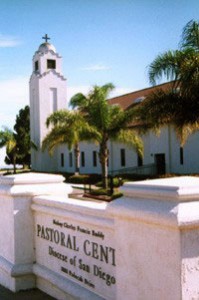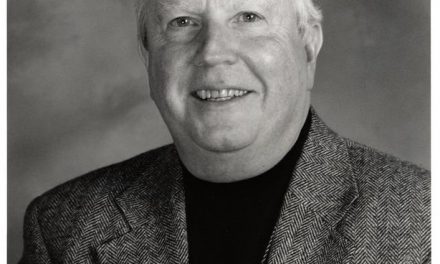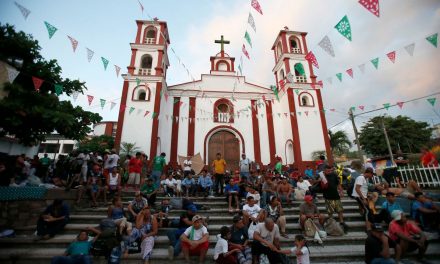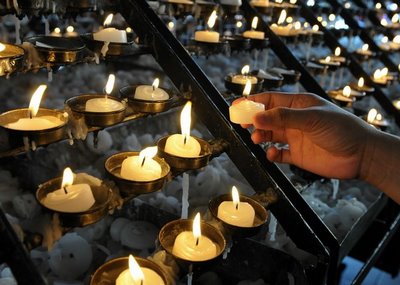
On May 9, 2016, Bishop Robert McElroy announced plans for a diocesan synod on marriage and family life in San Diego in October. Today the first working group–made of up clergy and laity–met at the Pastoral Center. The delegates reported on the listening sessions they have conducted in parishes and began a robust dialogue on the many challenges families face in San Diego.
What is a diocesan synod?
In his pastoral message, Bishop McElroy explained that a diocesan synod “is the most significant level of dialogue, discernment and decision in the life of a diocese. It brings together the bishop, the priestly leadership and lay and religious representatives from throughout the diocese to wrestle with the most important questions that a diocese faces.”
How often do synods occur?
Not very often. The last diocesan synod in San Diego was held in 1972, after the Second Vatican Council.
Who is involved?
Parishes have sought input from parishioners in different ways, and listening sessions will continue throughout next month. All 100 parishes in the Diocese of San Diego will send a delegate to the Synod meeting in October, and those delegates are also meeting in working group session prior to the Synod meeting. 75% of the delegates are lay people. Some staff members of the diocese are also serving in various roles, including facilitation roles. Some local theologians (myself included) have been invited to observe and to offer theological reflection at various points during the delegates’ deliberations.
Why are so many lay people involved?
Bishop McElroy has made it clear that it is “particularly important” that lay people participate, given that the focus is marriage and family life. Today he told the delegates that on many of these matters, lay people have expertise that is not shared by the clergy. Their insight is particularly valuable as the local church discerns how to best implement Amoris Laetitia.
So what happened today?
Today Fr. John Hurley, CSP, who is the Synod Coordinator, welcomed the first challenge working group and led a day-long session focusing on the following three questions:
- How can the local Church of San Diego witness most effectively to both the beauty and the realism of married life and family?
- Which societal and cultural challenges to marriage are most powerful in our diocese?
- What steps can parishes take to support the permanence of the commitment of married life?
What’s next?
The goals generated by the delegates today will be collected and presented at the General Assembly meeting in October. Listening sessions will continue in parishes, and those reports are being forwarded to the Synod Coordinator. When Bishop McElroy receives the goals from the General Assembly, he will take time to reflect on them and discuss them with appropriate leadership teams in the diocese prior to the implementation process.
So what’s the big deal?
I’ve written before (here, here, here) about why the church needs to be both a listening church and a teaching church. Today, I saw a model of a listening church being lived out. Bishop McElroy has admitted that this kind of process can be messy, and it probably will be messy. But we shouldn’t be afraid of these messy questions and difficult dialogues. Local Catholic families are already dealing with the messiness of family life– we live it every day! Now there is an opportunity to raise up those experiences in ecclesial reflection and prayer, and invite the Holy Spirit to lead the Church towards pastoral practices that reflect the heart of the vocation to love one another. The central focus of the Synod is figuring out how to better live out the gospel in the real world. And that’s kind of a big deal.





